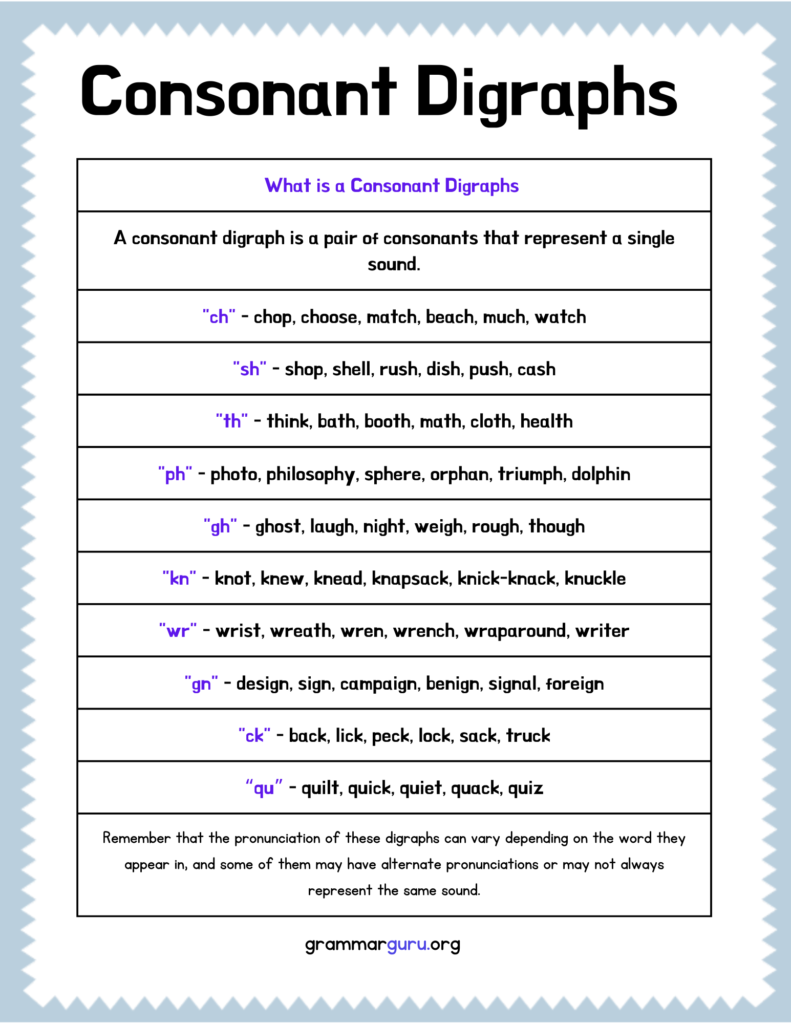Diphthongs play an important role in fluent English speech, helping to convey meaning and nuance in spoken language. They are important in the pronunciation of words and can change the meaning of a word if pronounced incorrectly. In English, diphthongs are used in many common words and are an important part of the language.
Diphthongs are used in various contexts, such as in conversation, writing, and reading. They are also commonly used in singing and other forms of spoken or musical performance.
What is a diphthong?
Diphthongs are a type of vowel sound in English that are made by combining two different vowel sounds in a single syllable. Unlike pure vowel sounds, which are single, unchanging sounds, diphthongs are a combination of two different sounds that glide or slide from one to the other. In English, there are several diphthongs that are commonly used.
Diphthongs are vowel sounds that consist of two distinct sounds pronounced together. Here are some examples of diphthongs in English:
- “ai” as in “bait”
- “au” as in “caught”
- “ei” as in “vein”
- “eu” as in “feud”
- “oi” as in “boil”
- “ou” as in “loud”
- “ow” as in “cow”
- “oy” as in “boy”
In general, diphthongs are formed when one vowel sound glides into another vowel sound within a single syllable.
Let’s take a closer look at each of these diphthongs and how they are pronounced.
The most common diphthongs in English are:
- /eɪ/ – as in “say” or “day”
- /aɪ/ – as in “mine” or “buy”
- /ɔɪ/ – as in “boy” or “toy”
- /aʊ/ – as in “house” or “mouse”
- /oʊ/ – as in “go” or “show”
- /juː/ – as in “use” or “cute”
- /eɪ/ – This diphthong is pronounced by starting with the sound of the short “e” as in “bet” and then sliding into the sound of the long “a” as in “say”. The resulting sound is like “ay” or “ey”, as in “day”, “play”, or “way”.
- /aɪ/ – This diphthong is pronounced by starting with the sound of the short “a” as in “cat” and then sliding into the sound of the long “i” as in “eye”. The resulting sound is like “ai” or “ie”, as in “mine”, “buy”
- /ɔɪ/ – This diphthong is pronounced by starting with the sound of the “aw” sound as in “law” and then sliding into the sound of the “ee” sound as in “see”. The resulting sound is like “oi”, as in “boy”, “toy”, or “enjoy”.’
- /aʊ/ – This diphthong is pronounced by starting with the sound of the short “a” as in “cat” and then sliding into the sound of the long “o” as in “go”. The resulting sound is like “ow”, as in “house”, “mouse”, or “out”.
- /oʊ/ – This diphthong is pronounced by starting with the sound of the short “o” as in “not” and then sliding into the sound of the long “o” as in “go”. The resulting sound is like “oh”, as in “go”, “show”, or “slow”.
- /juː/ – This diphthong is pronounced by starting with the sound of the “y” consonant as in “yes” and then sliding into the sound of the long “u” as in “use”. The resulting sound is like “ew” or “ue”, as in “cute”, “music”, or “student”.

Frequently asked questions (FAQs) about diphthongs:
Q: How can I learn to pronounce diphthongs correctly?
A: The best way to learn to pronounce diphthongs correctly is through practice and listening to native speakers. You can also use pronunciation resources such as online tutorials, books, and audio recordings.
Q: Do all languages use diphthongs?
A: No, not all languages use diphthongs. However, many languages do use diphthongs or similar vowel sounds that consist of two distinct sounds pronounced together.
Q: Can diphthongs vary across different English dialects and accents?
A: Yes, diphthongs can vary across different English dialects and accents. For example, the diphthong “au” in American English is pronounced differently from the same diphthong in British English.
Q: Can diphthongs be used in writing?
A: Yes, diphthongs can be used in writing, and they are often represented by two vowel letters that appear together, such as “oi” in the word “coin”. However, it’s important to remember that the written representation of diphthongs may not always reflect their exact pronunciation.
